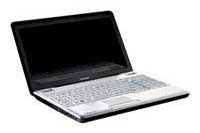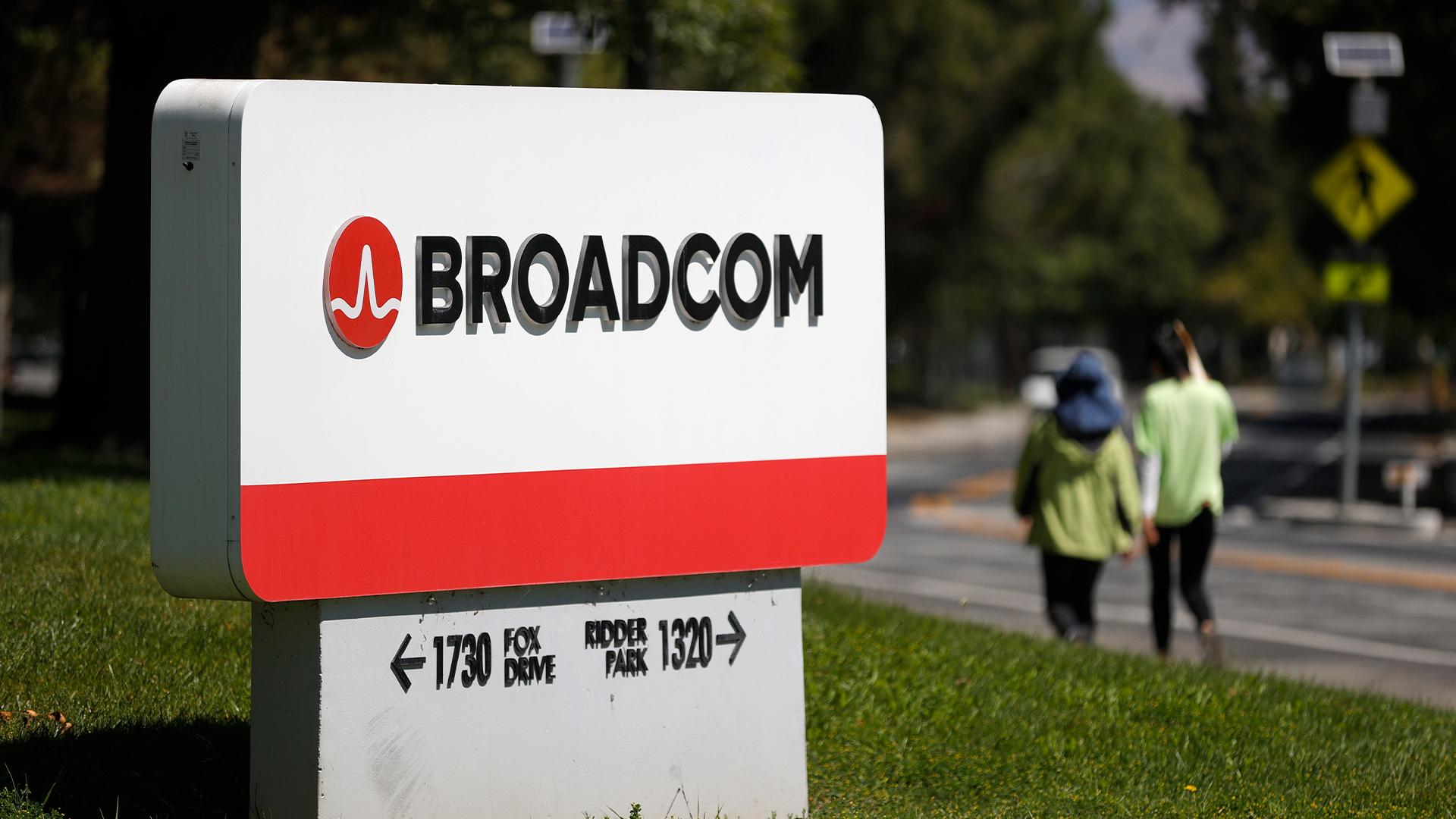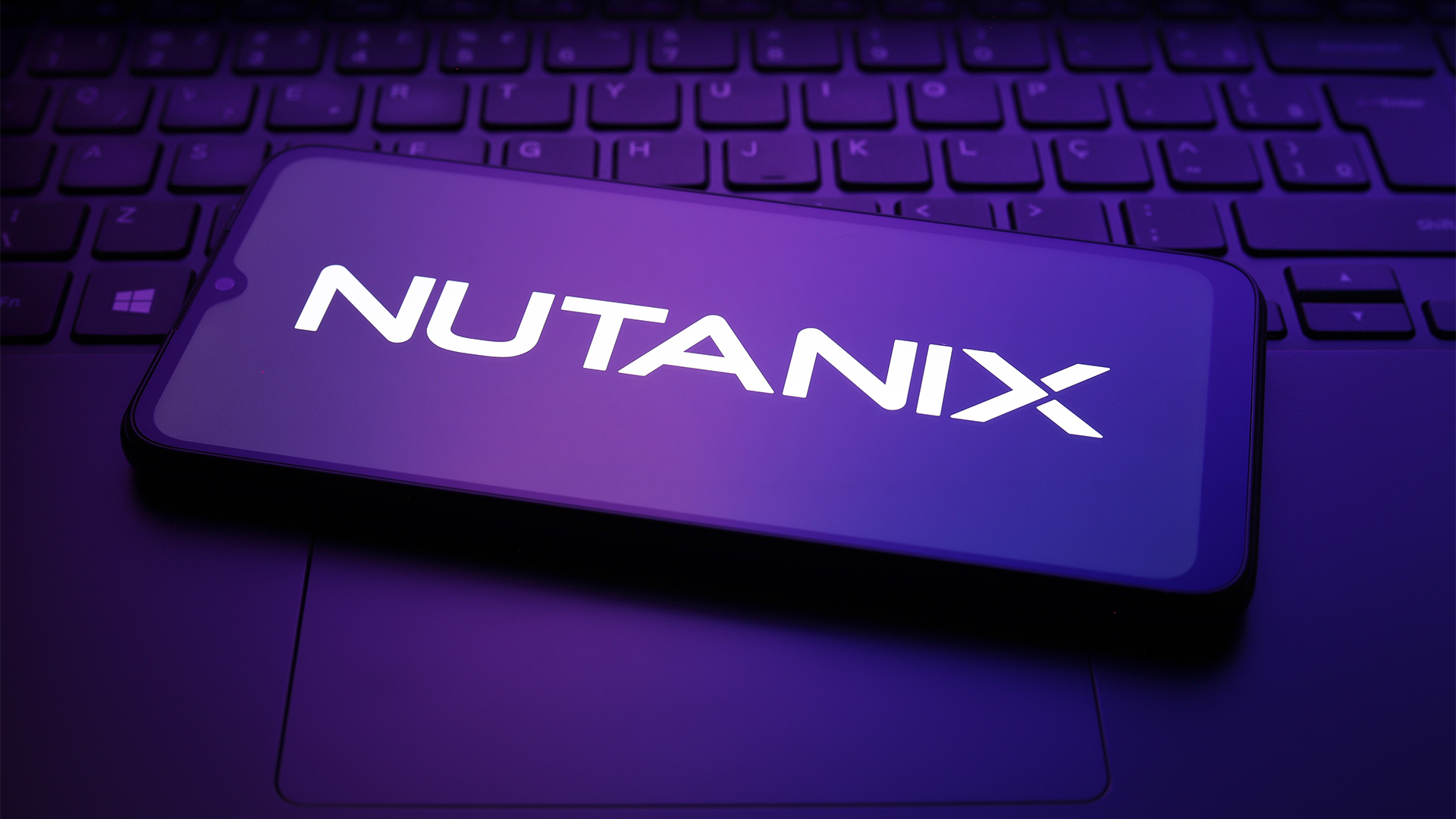Toshiba Satellite Pro L500 1D6 review
Can Toshiba’s 15.6in laptop meet the demands of business users? We review the Toshiba Satellite Pro L500 1D6 to find out.

The Toshiba is not a stylish machine, but it is solid, dependable and speedy, which for most companies will be a priority. The downsides are a relatively low screen resolution, and non-Gigabit Ethernet, but if you want an easy to read display, a full-size keyboard and plenty of grunt, the Toshiba Satellite Pro L500 1D6 delivers good value.

Toshiba is to the computing world what Toyota is to the car industry - it produces a range of machines that might not be the most racy examples of their kind, but are always solid and dependable.
The Satellite Pro L500 1D6 very much fits into this mould. It's a large laptop, weighing in at a considerable 2.72kg and it seems solidly built but its styling is unsubtle compared to other machines you might find for the money. The main chassis has a rather chunky look to it, and the glossy finish of the plastic with silver stripes is uninspiring.
Equally, the bezel around the display, containing a webcam, is large, and the rubber pads round the edges are practical but it doesn't add up to sleek looks.
For example, a similar amount will garner you an Apple MacBook, which undoubtedly is a more, desirable laptop computer, but as ever in the world of Windows, what you lose in style you gain in other areas, specifically screen size and processor power.
The L500 1D6 sports an Intel Core 2 Duo P8700, a 25W TDP Penryn based chip that speeds along at 2.53GHz and equipped with 3MB of level 2 cache and it runs on a 1,066MHz front-side bus. Sure enough, the benchmark score of 1.25 indicates that for a laptop, this is a fast machine. That said, we're starting to see laptops fitted with mobile versions of Intel's new Core i3 and Core i5 mobile processors and, inevitably, before too long this Core2Duo will seem long in the tooth.
Perhaps more impressive though is the graphics chip an ATI Radeon HD4600, which propels the 2D graphics score to a high of 1.40. This highlights the laptops strength for video playback and video editing or even a spot of light after hours gaming.
Processor and graphics are supported by 4GB of 800MHz DDR2 memory, which is good but for reasons it knows best, Toshiba has only seen fit to supply 32-bit Windows 7 on this professional range laptop, so only 2.96GHz can be addressed by the operating system.
Sign up today and you will receive a free copy of our Future Focus 2025 report - the leading guidance on AI, cybersecurity and other IT challenges as per 700+ senior executives
Benny Har-Even is a twenty-year stalwart of technology journalism who is passionate about all areas of the industry, but telecoms and mobile and home entertainment are among his chief interests. He has written for many of the leading tech publications in the UK, such as PC Pro and Wired, and previously held the position of technology editor at ITPro before regularly contributing as a freelancer.
Known affectionately as a ‘geek’ to his friends, his passion has seen him land opportunities to speak about technology on BBC television broadcasts, as well as a number of speaking engagements at industry events.
-
 CISPE claims European Commission gave Broadcom a ‘blank cheque to raise prices, lock-in, and squeeze customers’ with VMware deal
CISPE claims European Commission gave Broadcom a ‘blank cheque to raise prices, lock-in, and squeeze customers’ with VMware dealNews Cloud providers have issued a formal response to the General Court of the European Union after the Commission defended its approval of the deal
By Emma Woollacott Published
-
 Nutanix wants to help customers shore up cloud sovereignty
Nutanix wants to help customers shore up cloud sovereigntyNews New automation tools and infrastructure management capabilities look to tackle single-vendor dependency and shore up sovereignty requirements
By Ross Kelly Published
-
 The NCSC touts honeypots and ‘cyber deception’ tactics as the key to combating hackers — but they could ‘lead to a false sense of security’
The NCSC touts honeypots and ‘cyber deception’ tactics as the key to combating hackers — but they could ‘lead to a false sense of security’News Trials to test the real-world effectiveness of cyber deception solutions have produced positive results so far
By Emma Woollacott Published
